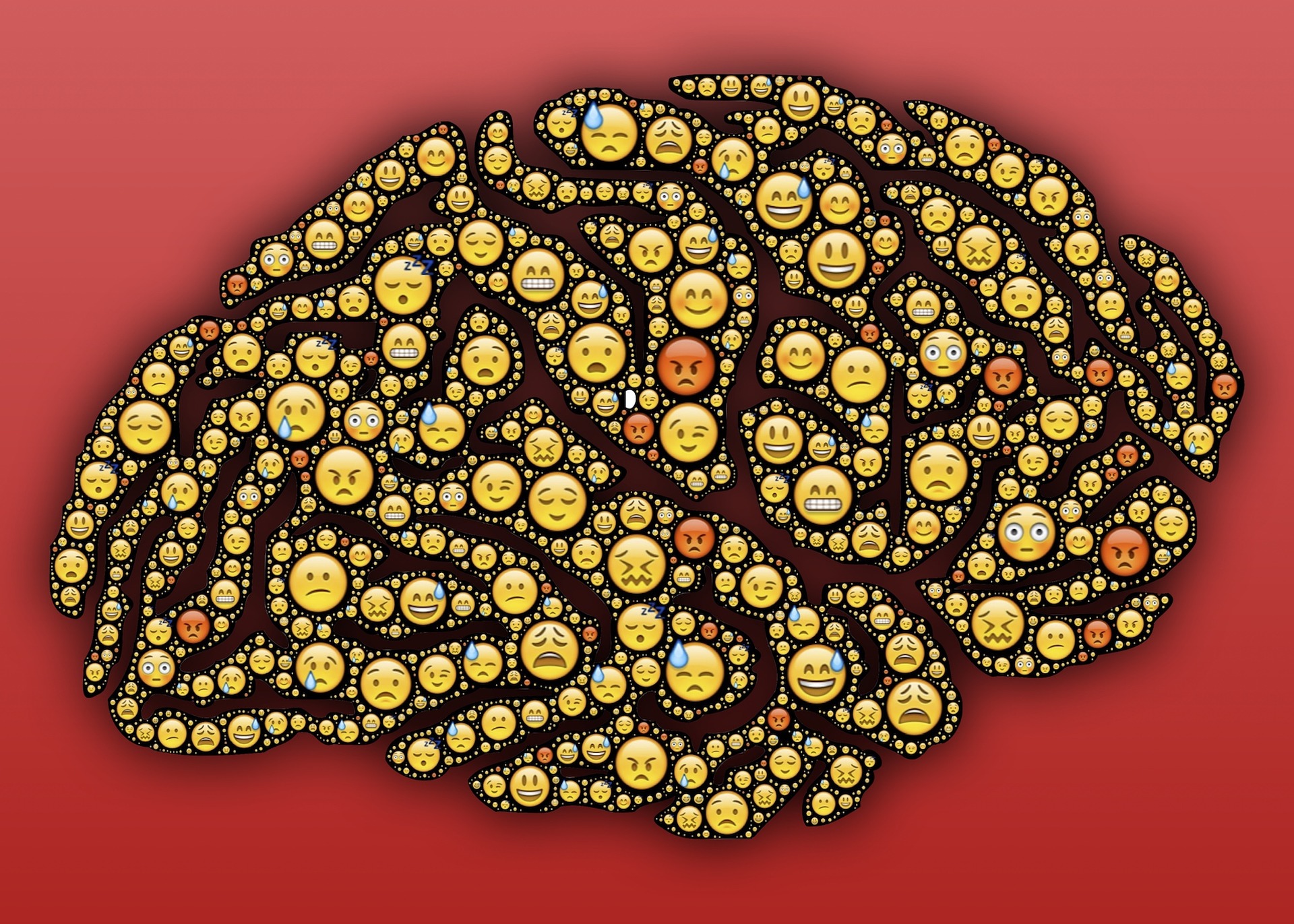
Addressing Your Child’s Behavior from a Neurodevelopmental Perspective
When a child is struggling with behavior or social/emotional challenges, families often feel as if they are in turmoil. Surely, for a parent, there is no greater concern than the well-being of your child. Just as you would for a physical health problem, it is important to take action as quickly as possible, but also to do so thoughtfully. Based on my experience as a pediatric psychologist specializing in assessment and treatment of neurodevelopmental conditions, the following is a framework that I find useful for most families.
1. Get an accurate diagnosis.
From a neurodevelopmental perspective, the first step in supporting the child and family is gaining an in-depth understanding of the cause of a child’s challenges. This can be accomplished with a thorough assessment, including neuropsychological and developmental testing.
The cause(s) of a child’s challenges could be a neurobehavioral disorder such as ADHD, autism spectrum disorder, or a learning disability. Or it could be a mismatch between a child’s skill set and the expectations of the environment, as is often the case for individuals with intellectual disabilities. With a thorough understanding of a child’s neurodevelopment, we can get to work with intervention.
2. Change the environment in addition to supporting the child.
When adults consider how to intervene for a child who is exhibiting behavioral, social, or emotional problems, they often think of ways to make the child change. We think about therapies for the child; rewards or punishments; or changes in diet, exercise, or other lifestyle factors.
However, when I begin working with families—always with a good understanding of the child’s neurodevelopment based on a thorough assessment—the focus is on the family and the environment as well. In other words, in addition to providing any direct interventions to address a child’s challenges, the goal is to address challenges in the family, parent-child interactions, and the environment. After all, sending your child to talk to a therapist for 45 or 50 minutes once every week or two is a proverbial drop in the bucket relative to all the time that you spend with your child, or the time that she or he spends in school.
Therefore, intervention is based not solely on a direct intervention with the child, but also looking at changing the entire system. How can we make the environment a better fit for this child, which will lead to better adjustment and behavior?
3. Consider how the family’s stress may contribute.
My guiding light for working with children and families is attachment theory. Attachment theory is a broad and well-studied area of science that shows that the bond between parent and child is profoundly powerful. When this bond is positive, both parent and child benefit physically and mentally.
As a result, I always assess families' stress levels and instruct parents to take breaks and to care for themselves so that they can be positive attachment figures for their children.
4. Focus on the positive rather than the negative.
To sustain a positive relationship and secure attachment, we have to consider our responses to a child’s behavior. When children are struggling behaviorally, adults typically notice all of the negative behaviors and very few, if any, good behaviors. Over time, this makes adults frustrated and, for children, it takes a toll on self-esteem.
I recently evaluated a child with ongoing behavior problems and previously undiagnosed ADHD who stated, “I used to be a good kid, but now I’m a bad kid.” Once we diagnosed her ADHD correctly, the family entered treatment, and they also began to understand and empathize with her behavior challenges. The goal of effective behavior and parenting strategies is to build in differential reinforcement. In other words, we need to find ways to build in reminders for us adults to notice the good behaviors, and not simply pay attention to the negative behaviors. Empathy helps, as do structures such as token economies and visual schedules.
5. Recognize the effect of your emotions on your child’s behavior.
Parents need to train themselves to have mastery over their emotional responses to a child’s behavior. My shorthand for this is “Respond, but don’t react.” In other words, you may have to respond to challenging behaviors, but you do not have to respond emotionally. A big, emotional response may actually make a negative behavior more fun and interesting, leading the child to do it more, not less.
Conclusion
Thorough assessment and intervention for neurodevelopmental disorders and childhood challenges is based, quite simply, on understanding the science of neurodevelopment, attachment, and behavior. This approach is effective, in my experience, with most children and families. I have applied this method with many families of children with various diagnoses such as ADHD, disruptive behavior disorders, and Down syndrome.




